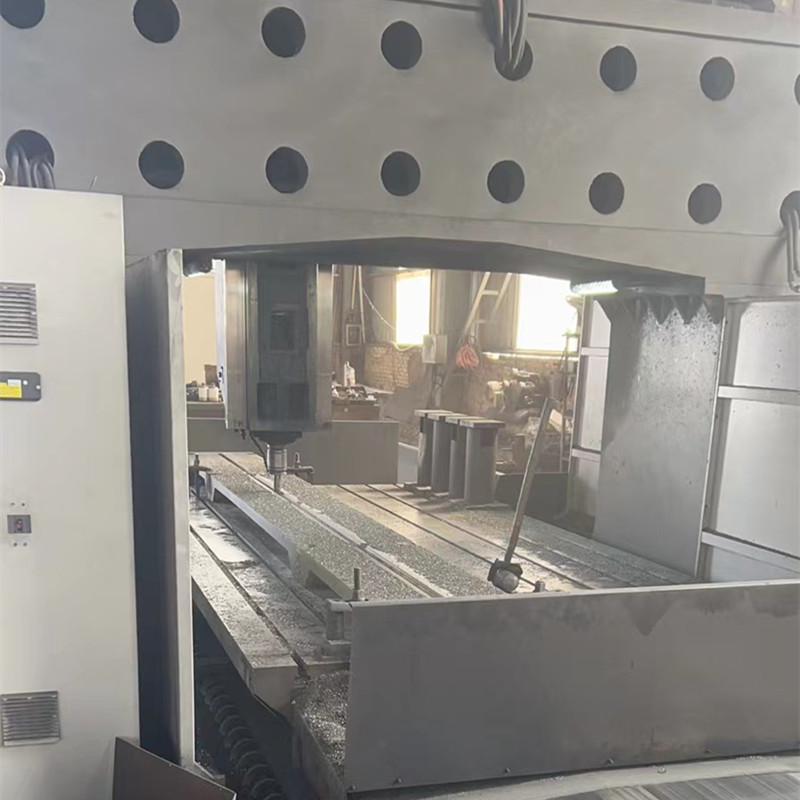Aug . 28, 2024 00:56 Back to list
Steel Ring Gauge - Precision Measurement Tools
Understanding the Steel Ring Gauge A Precision Measurement Tool
The steel ring gauge is an essential instrument in manufacturing and quality control, often utilized for precision measurement in various industries. Designed primarily for measuring the dimensions of objects, these gauges serve as a tool for ensuring that parts and components meet stringent specifications and tolerances.
A steel ring gauge typically consists of a hardened steel body in the form of a ring, with inner diameters that are meticulously engineered. The rigidity and durability of steel make these gauges suitable for repeated use, providing consistent, accurate measurements over time. The use of high-quality steel also reduces the likelihood of wear and deformation, which can compromise measurement accuracy.
The primary function of a steel ring gauge is to verify the diameters of cylindrical objects, such as shafts, pins, and other machined components. They come in two main types the go gauge and the no-go gauge. The go gauge is designed to fit onto the standard dimensions of the object being measured, indicating that the part meets the required specifications if it fits snugly. Conversely, the no-go gauge does not fit this standard, alerting the operator that the part exceeds permissible limits in size.
steel ring gauge

Manufacturers often employ these gauges in processes like machining, assembly, and surface finishing. By using steel ring gauges, they can identify defects early on, prevent faulty parts from progressing through production, and ultimately maintain high quality in their output. With the increasing reliance on automation and robotics in manufacturing, the role of precision measurement has become even more vital, further solidifying the importance of steel ring gauges in modern industrial practices.
In addition to their use in manufacturing, steel ring gauges are also instrumental in research and development settings. Engineers and researchers often utilize these precision tools to obtain accurate measurements during the prototyping phase of product development. Ensuring that parts meet exact specifications before mass production can save valuable time and resources, preventing costly rework and ensuring customer satisfaction.
One of the notable advantages of steel ring gauges is their adaptability. They can be tailored to meet specific requirements by creating custom sizes and shapes, allowing businesses to address unique measurement challenges. Furthermore, advancements in technology have led to the development of digital ring gauges, which provide electronic readouts and can store measurement data for analysis, enhancing efficiency in the inspection process.
In conclusion, the steel ring gauge is a vital tool for precision measurement in manufacturing and quality control. Its design, reliability, and adaptability make it an indispensable asset in various industries. As advancements in technology continue to shape the future of manufacturing, the steel ring gauge will undeniably continue to play a critical role in maintaining high standards of precision and quality. Emphasizing the importance of this tool can help organizations uphold their commitment to excellence and efficiency in their operations.
-
thread-plug-gauge-our-promise-of-measurement-excellenceNewsAug.22,2025
-
gauge-pin-class-reflecting-quality-legacyNewsAug.22,2025
-
check-valve-types-for-high-rise-buildingsNewsAug.22,2025
-
water-control-valve-for-irrigation-systemsNewsAug.22,2025
-
gate-valve-with-soft-seal-technologyNewsAug.22,2025
-
y-type-strainer-for-oil-and-gas-applicationsNewsAug.22,2025
Related PRODUCTS









